Ever heard of Wagyu? Wagyu is the Japanese word for cow. Wagyu refers to a specific type of Japanese cow. The Wagyu we’re all familiar with refers to a specific breed of Japanese cattle with unique genetic characteristics. There are four breeds peculiar to Japan, one of which is genetically unique.
Wagyu beef, valued for its flavor, texture, aroma, and luscious succulence, is the pinnacle of gourmet dining in Japan. Wagyu cattle have a wonderful existence, safe in the hands of thousands of years of experience and generations of raising secrets.
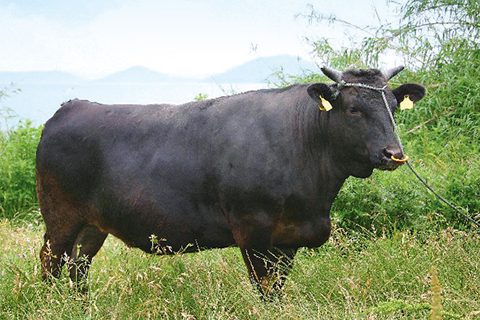
Olive wagyu’s history is intertwined with those of Shodoshima Island in Japan’s Kagawa Prefecture. Shodoshima, often known as “Olive Island,” is the birthplace of Japanese olive growing, with a microclimate similar to that of the Mediterranean. It’s also where Wagyu cattle have been bred since the 8th century, mostly as burden animals for ploughing rice paddies and pulling big burdens because of their high energy reserves. Wagyu couldn’t take the bitter taste of olives until a local farmer devised a way to incorporate Shodoshima’s biggest export into the cattle’s diet.
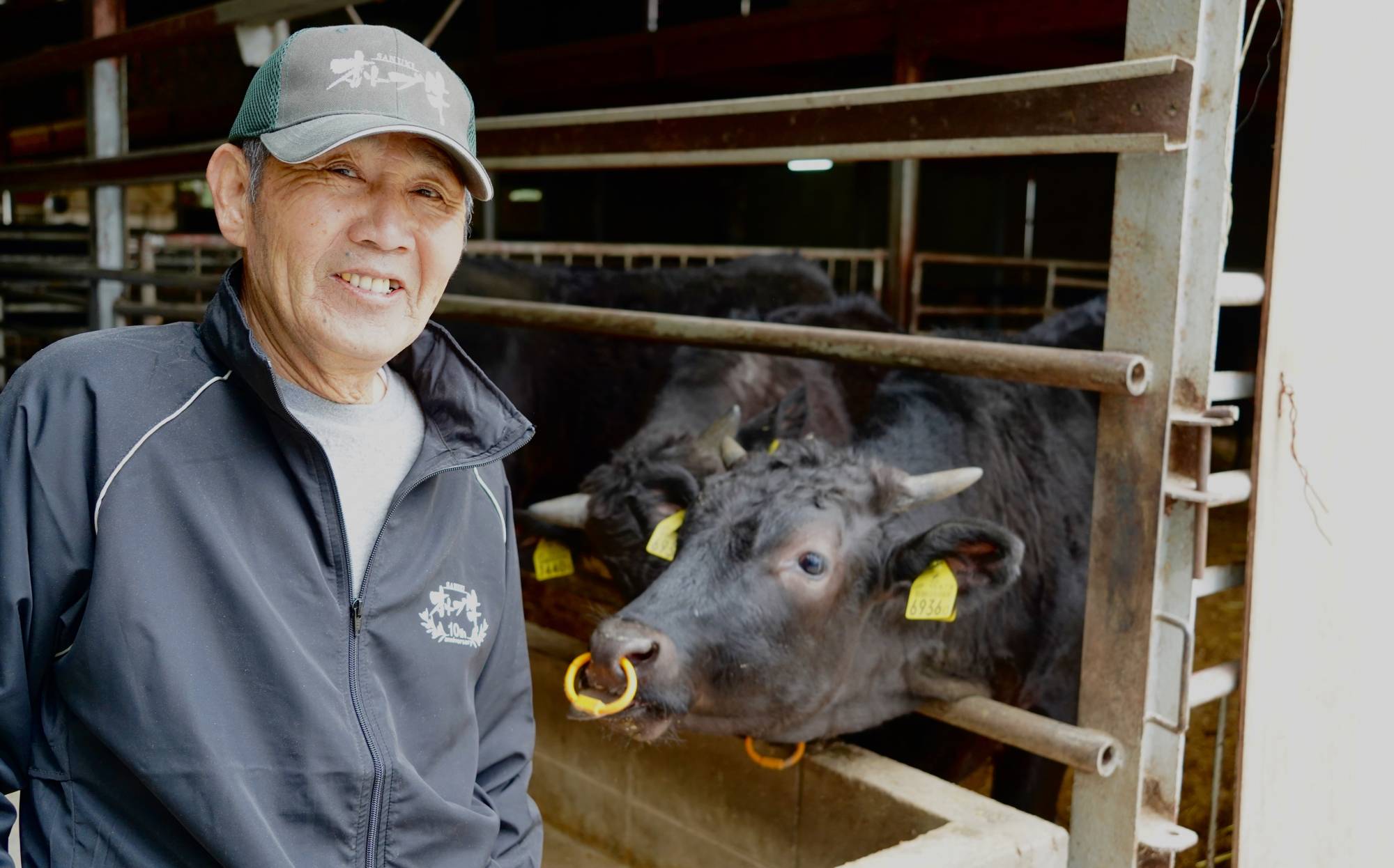
Masaki Ishii is a local farmer on the island who is widely credited with developing olive wagyu. He was dismayed by the waste he saw in the olive sector, which he saw as a result of tonnes of wasted olives discarded each year. These spent olives, also known as lees, are a by-product of the olive oil production process and are extremely high in nutrients. He concluded that there has to be a better way to ‘complete the loop’ by putting the garbage to good use and reaping the nutritional advantages in some way.
The end outcome was an olive Wagyu feed experiment. He first attempted feeding the discarded olives to his cattle, but the cows refused to consume the strange feed because the raw olives’ unique texture and bitter taste were simply not to their liking. Masaki didn’t simply forsake his strategy. Instead, he began looking for methods to make the stale olives more appealing.
Ishii discovered the secret after a series of trials and errors. He discovered that bringing out the natural sugars in the discarded olives by lightly toasting, drying, and pressing them made them much more appealing to cows. This is because the olives’ inherent sugars were brought out by toasting.
The Revolution
While Masaki was successful in ending the waste loop, he was unaware that he had engineered a tiny revolution in the Wagyu world – the first in thousands of years.
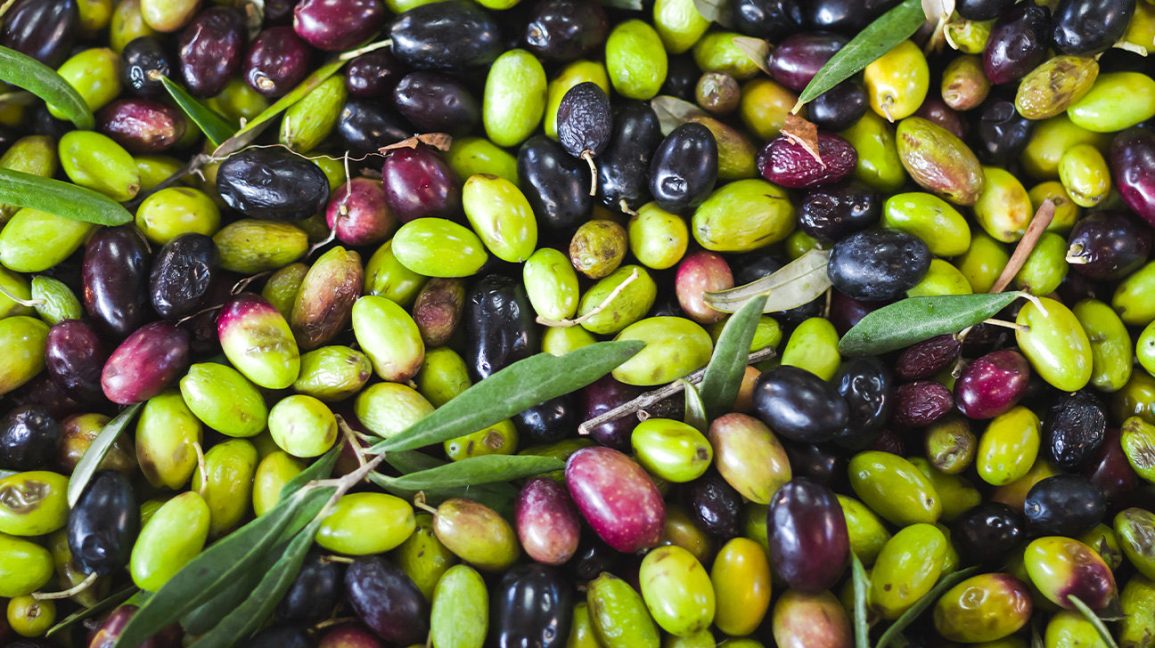
Wagyu has had a fairly stable care routine throughout the decades. The care is probably the best of any animal on the planet, and it is unquestionably the best in cattle husbandry. The Wagyu diet, which consists mostly of grasses, hay, and rice plants, has been a part of that committed and regular care. Every Japanese Wagyu farm has its own unique feed mix. Hundreds of various formulations are likely to exist, each carefully cultivated by generation after generation. After all, it’s a highly kept secret that even the most trusted confidants among Japanese farmers don’t know about, and it’s the result of years of meticulous craftsmanship.
The addition of discarded olives to the cattle’s diet transformed the flavour of the meat, which Japanese connoisseurs noted the instant they tried it. The richness of the olives appears to have enhanced the meat’s umami flavour, making the luscious steak even more wonderful.
But why olives?
Olives can only be grown in one place in Japan, and Shodoshima has the ideal weather for olive production. However, no other place in Japan harvests olives like those from Shodoshima because they are unique. The olives showed out to serve a much bigger role than simply reducing waste and boosting the herd’s diet. Surprisingly, it truly changed the taste of the meat.

Olives not only transformed the flavor of the beef, but they also changed its appearance. Wagyu is known for its lovely, delicate appearance, with exquisite marbling webs of pure white fat flowing through it. Due to the fats slowly and meticulously set down throughout years of grazing, the meat is pale pink, almost iridescent in colour. The olive diet had the effect of making the marbling even more intense than before, bringing the juiciness of the meat to a whole new level.
A healthier choice of meat
Some argue that olive wagyu is healthier than normally bred wagyu, and much more so than standard beef, due to the high oleic acid content of olives, usually considered to be one of the healthiest types of dietary fats. Wagyu, which is traditionally fed, has only five calories per 100g more than pig and is 15 percent lower in cholesterol than chicken. At 0.12g/100g, it has the lowest salt level among turkey, pork, chicken, fish, and venison.
Another factor to think about is the fat content. We know that there are two forms of cholesterol: HDL (good cholesterol) and LDL (bad cholesterol). Monounsaturated fats have a high HDL cholesterol content and a low LDL cholesterol content. To put it another way, monounsaturated fats are healthier for your heart health than even lean meats.
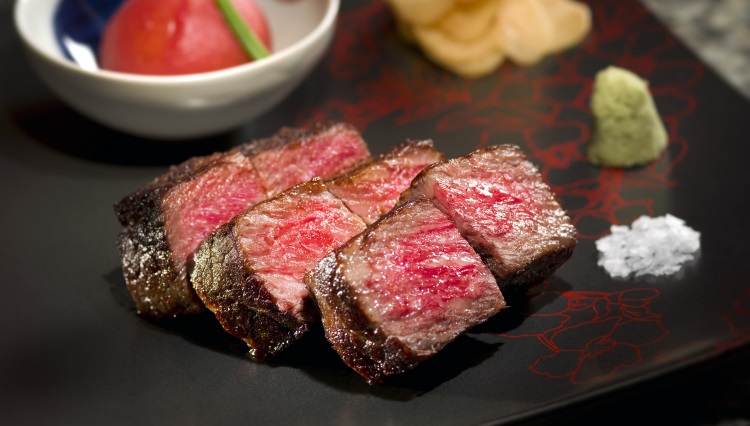
Wagyu beef has 63 times the amount of monounsaturated fat as fish, making it 63 times healthier for the heart. When you consider that Wagyu has less salt and calories than many other table meat options, it’s simple to see why it’s so healthful.
There’s no doubting that olive wagyu is unique, but unfortunately, only a few people have the opportunity to sample it. Because of the cattle’s incredibly low output. Olive wagyu is difficult to come by in Japan, let alone outside in the world. Olive Wagyu is said to be so uncommon in Japan that many restaurant owners are unaware of its existence.
Olive Wagyu is highly prized and sought after, and despite its expensive price, it always sells very quickly.
Sources:Oddity Central,A Five Meat,CNBC.com,Crowd Cow,Robb Report,Olive Fed Beef

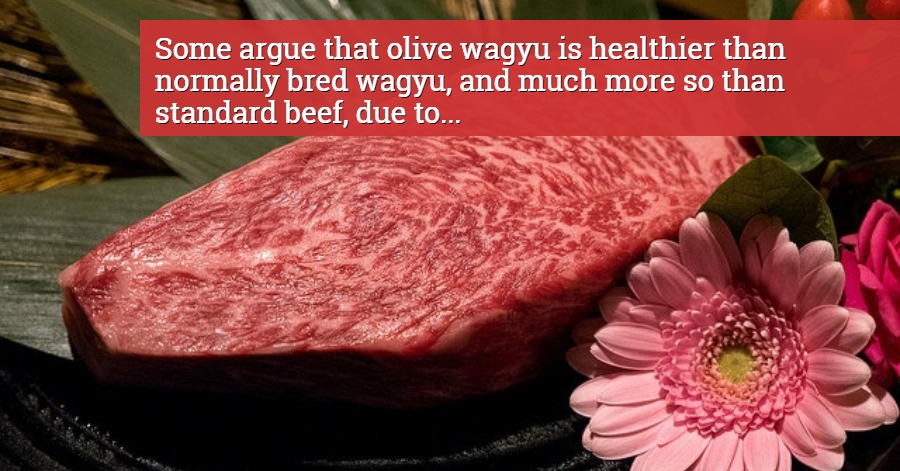







Leave a Comment